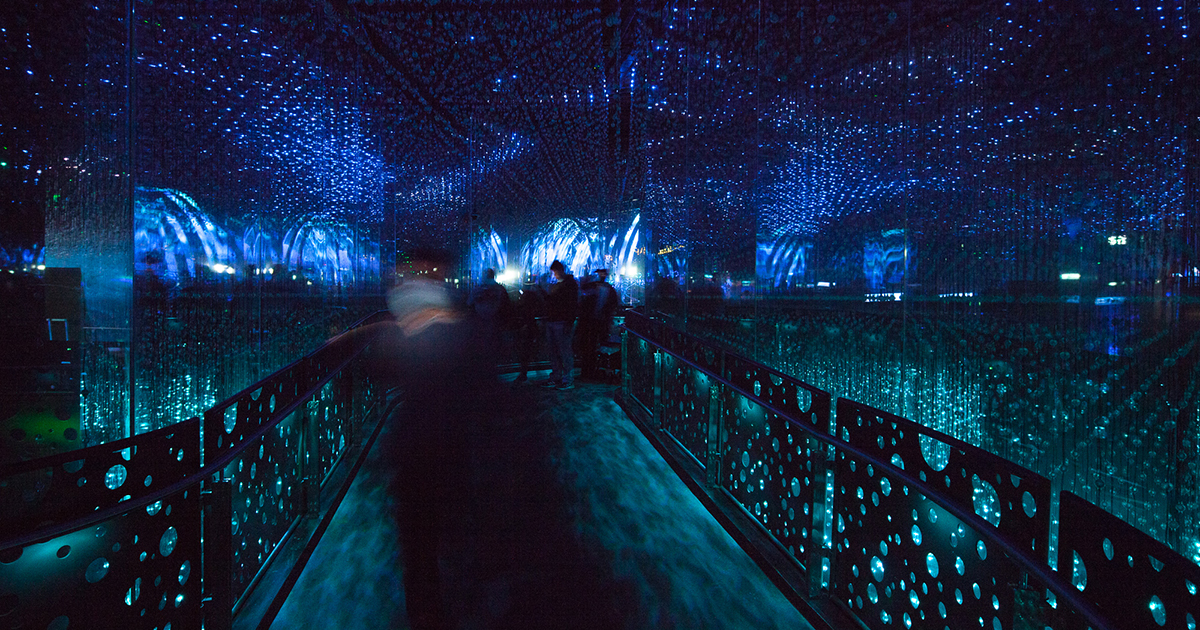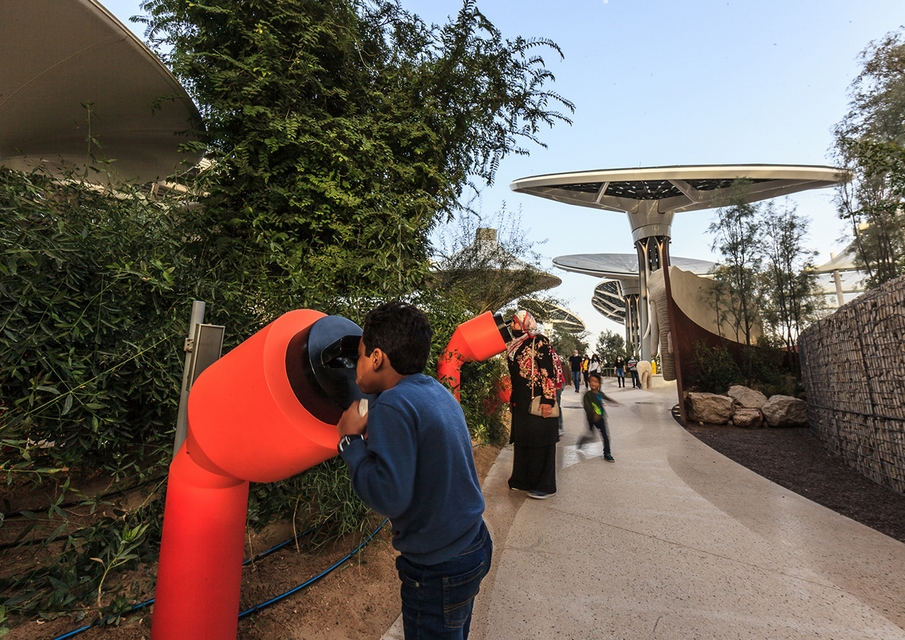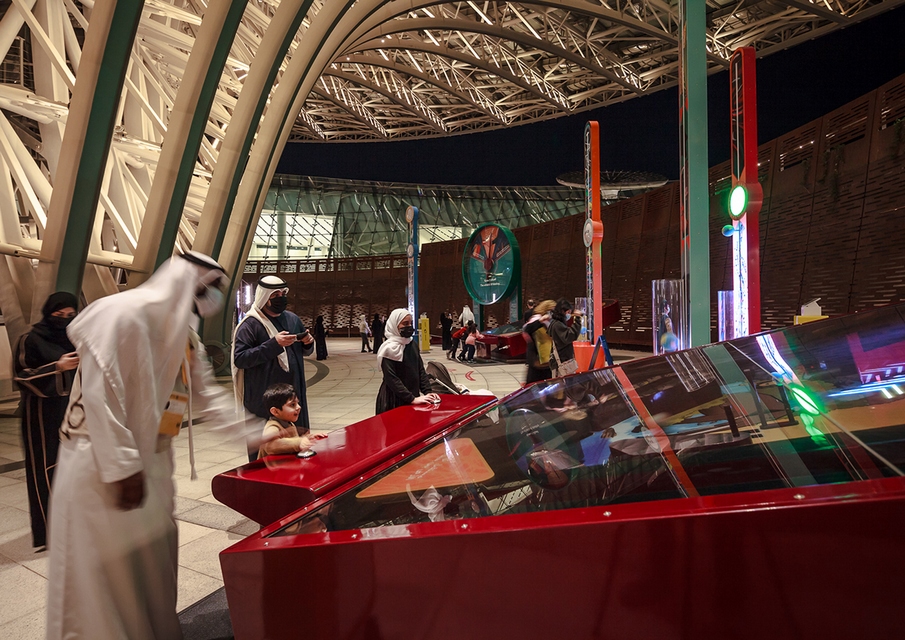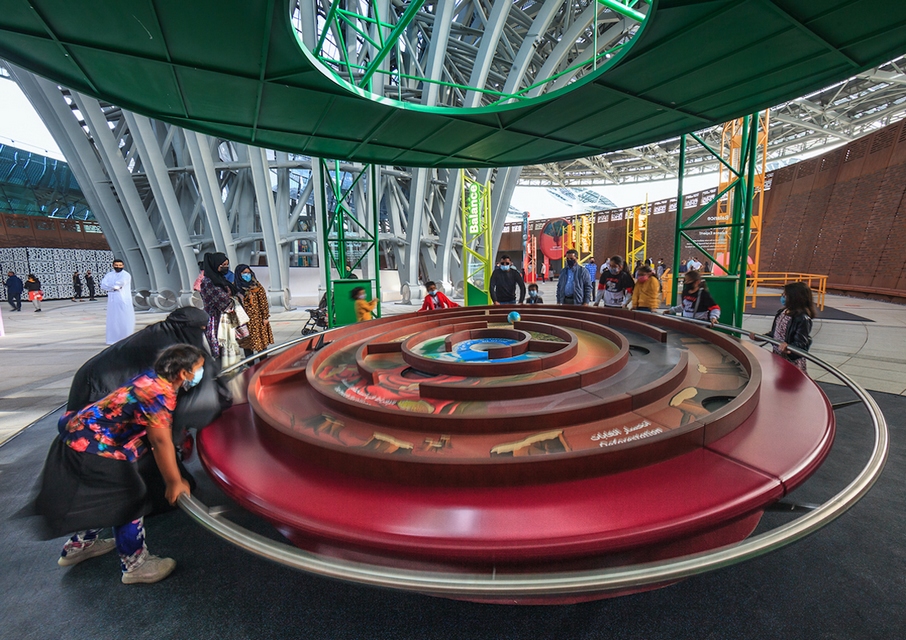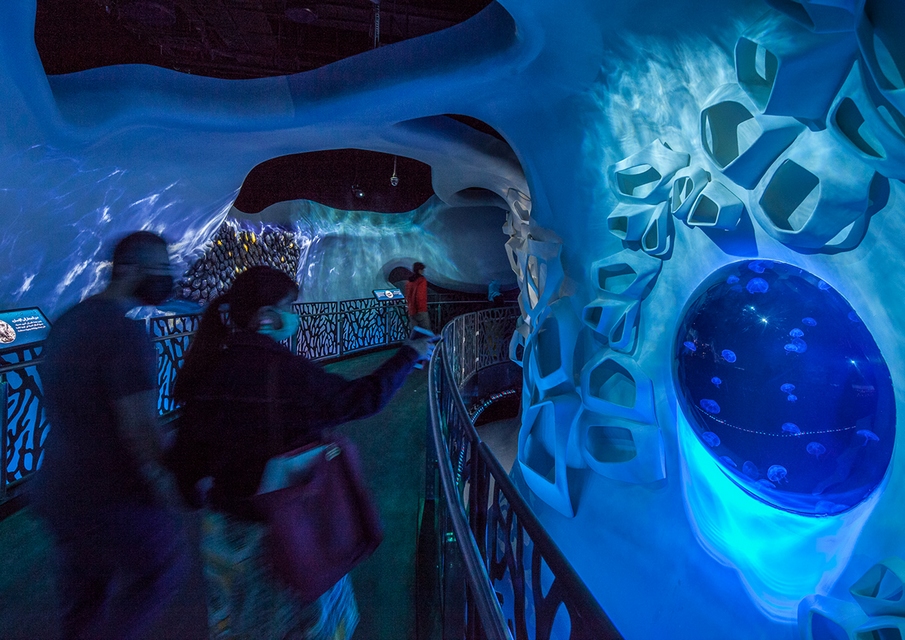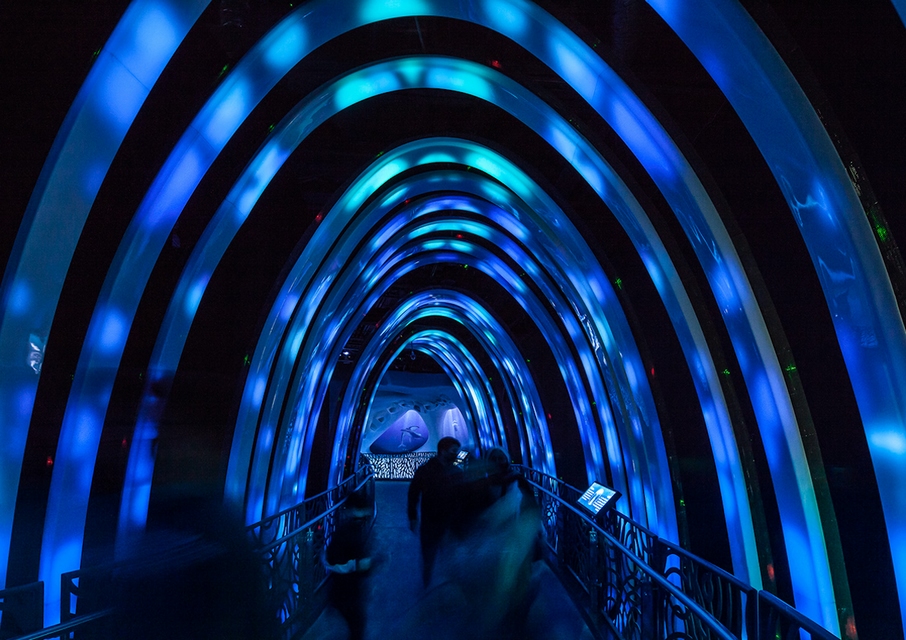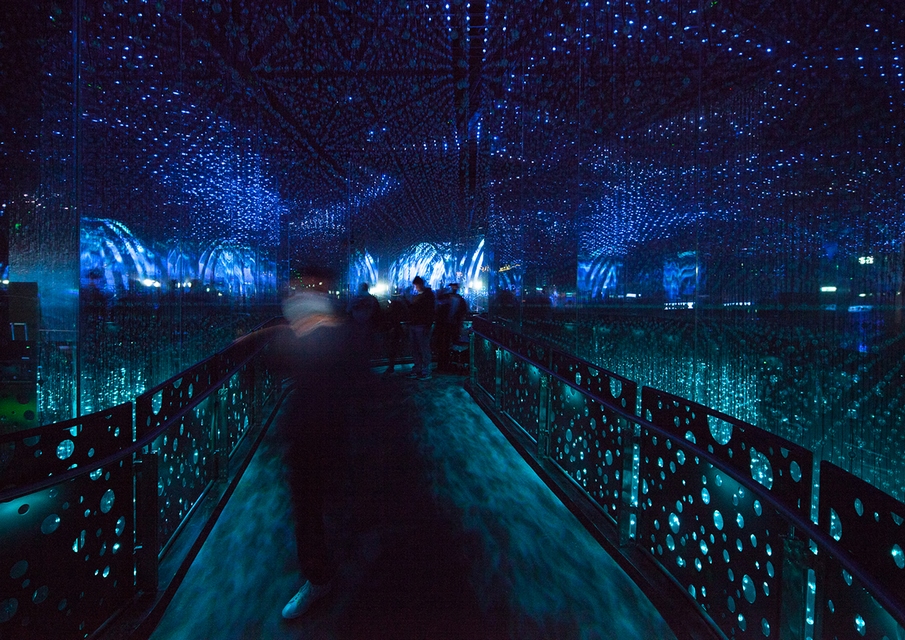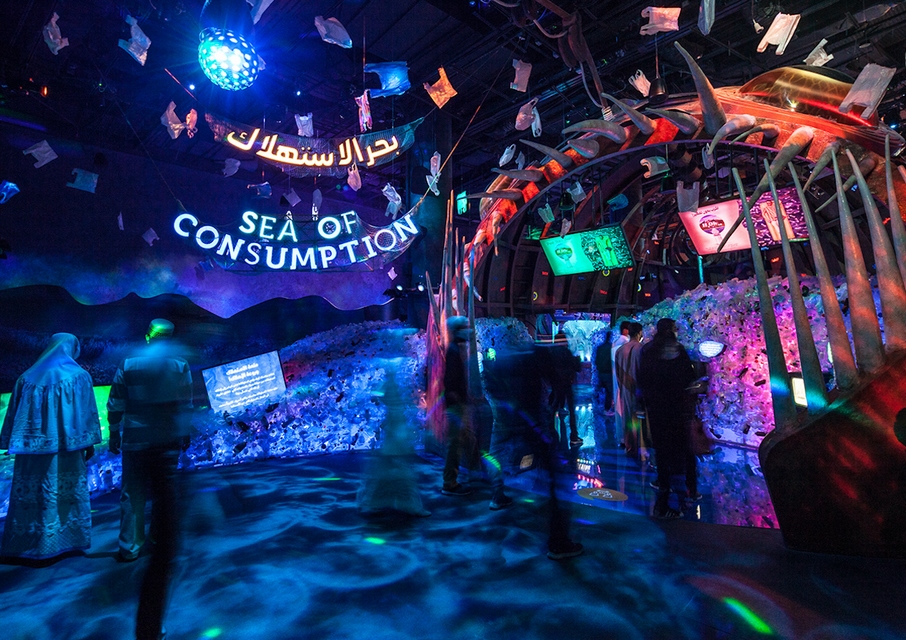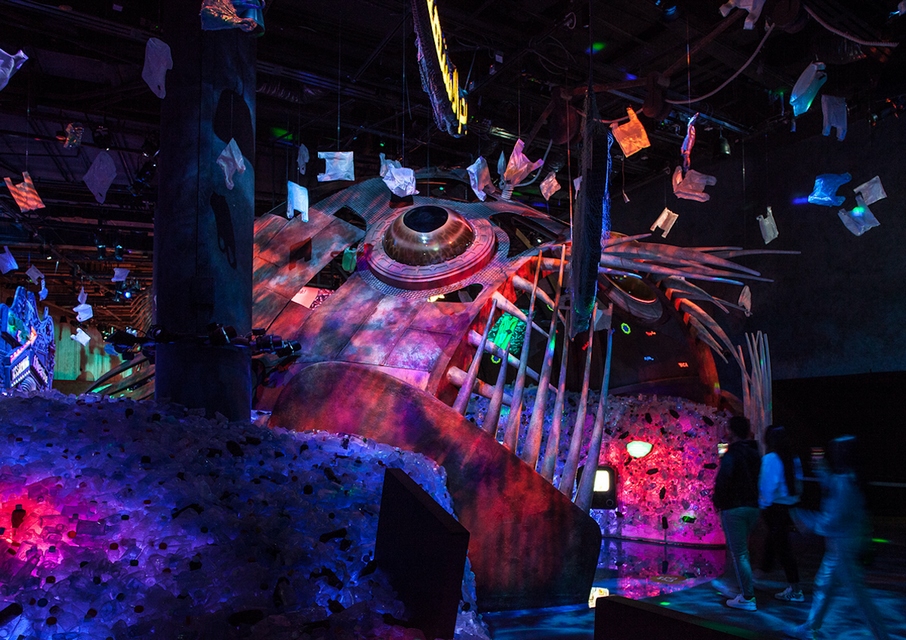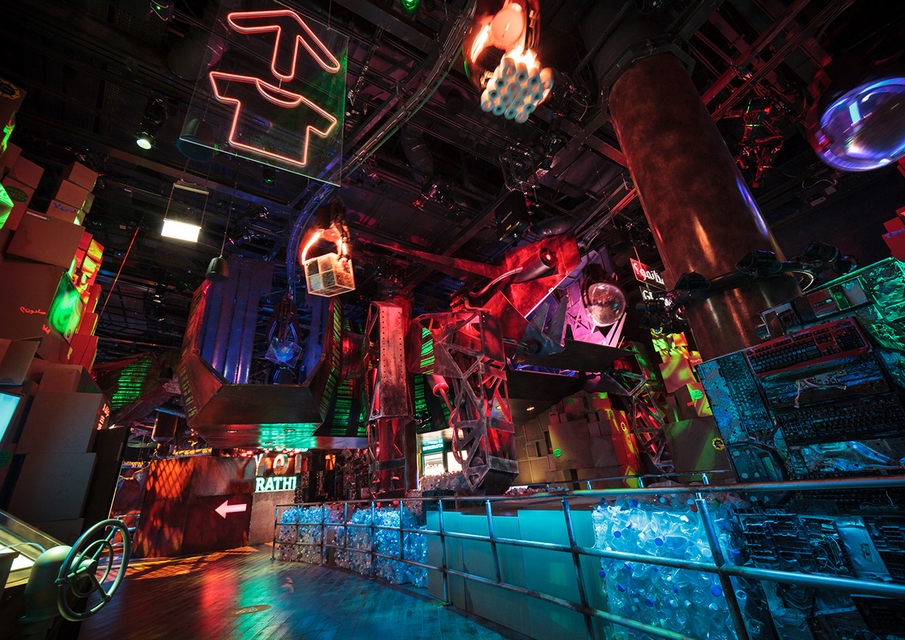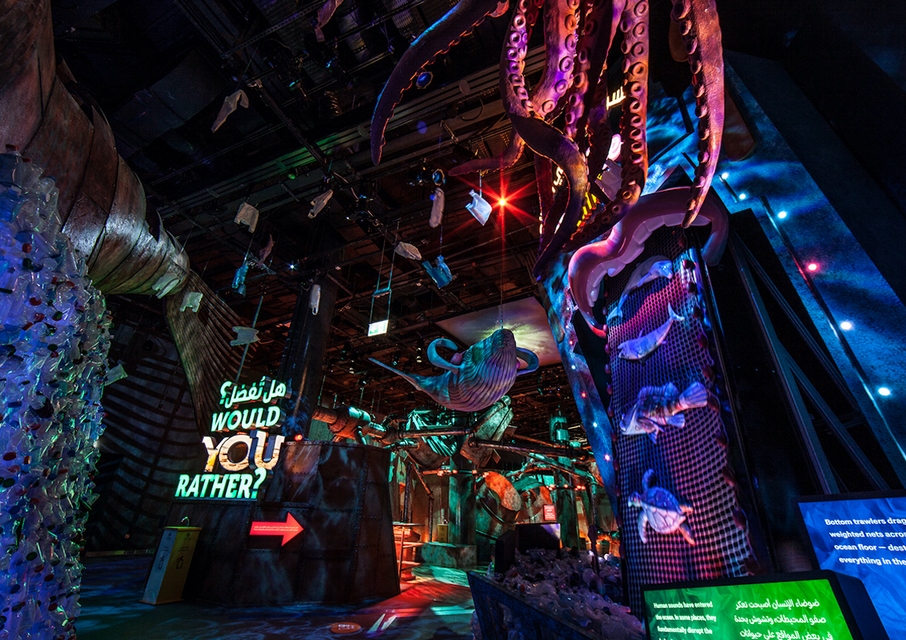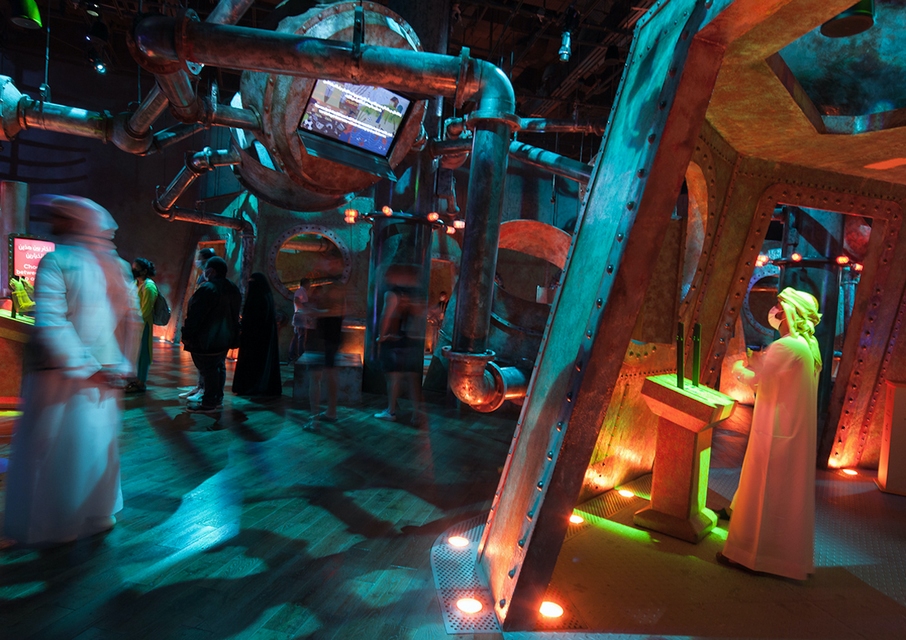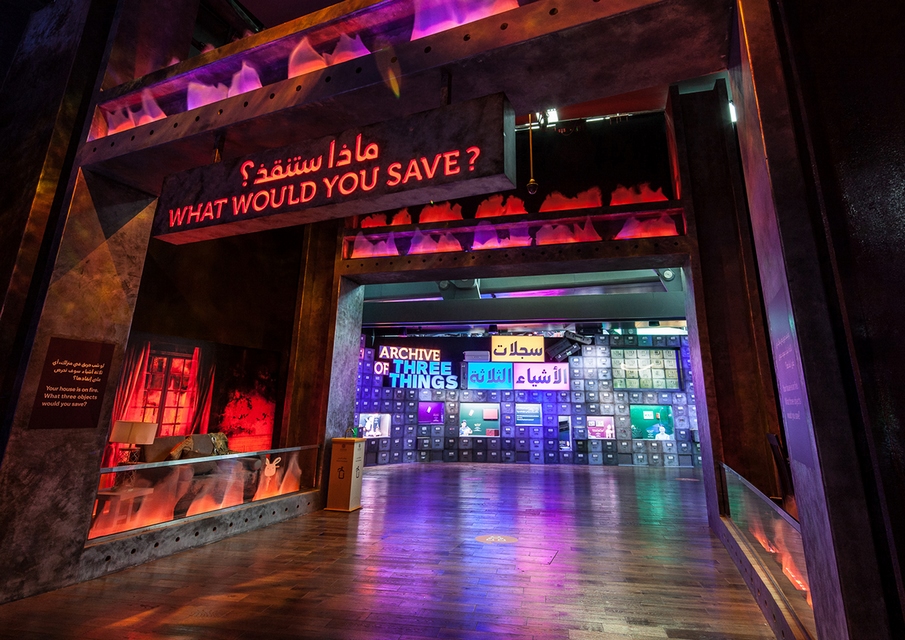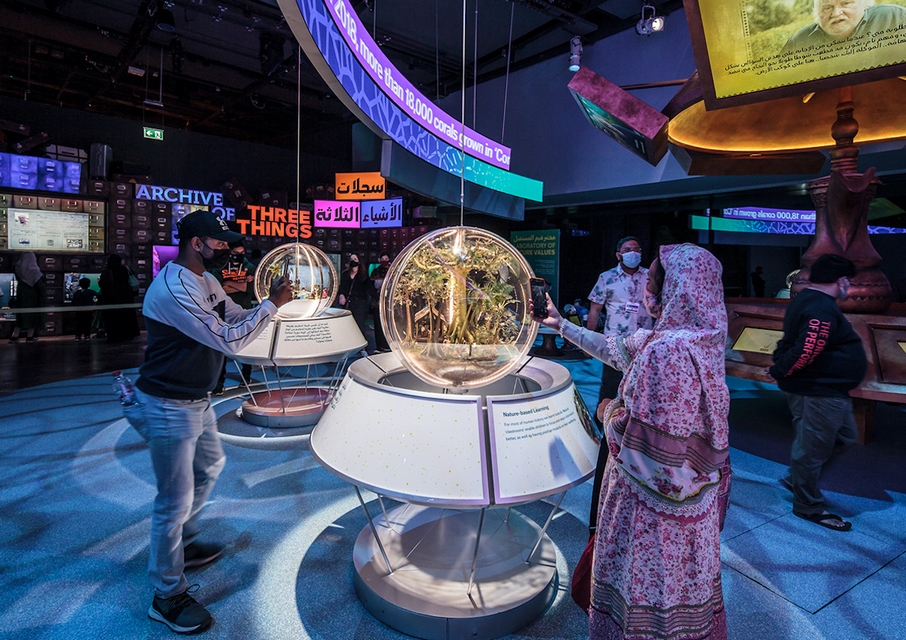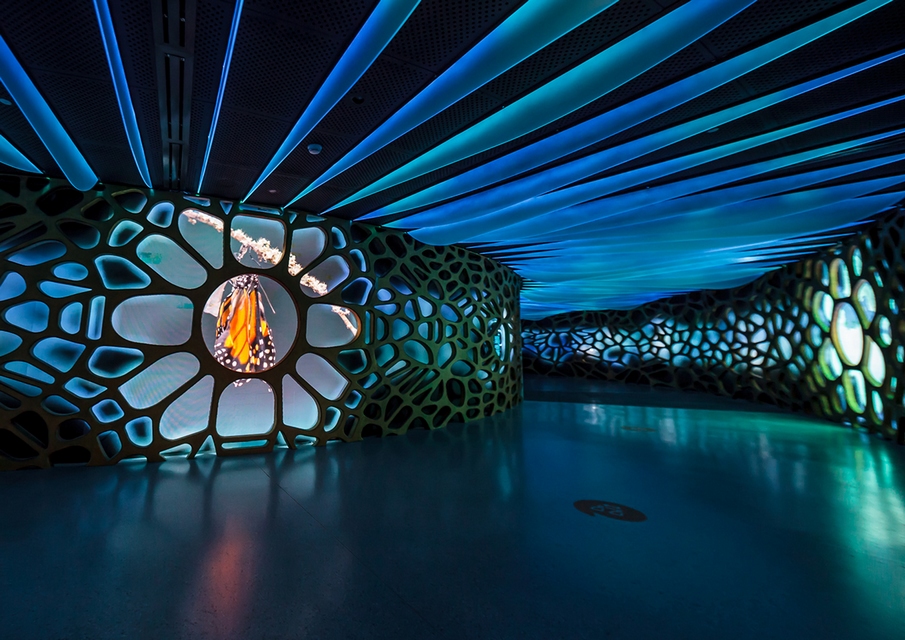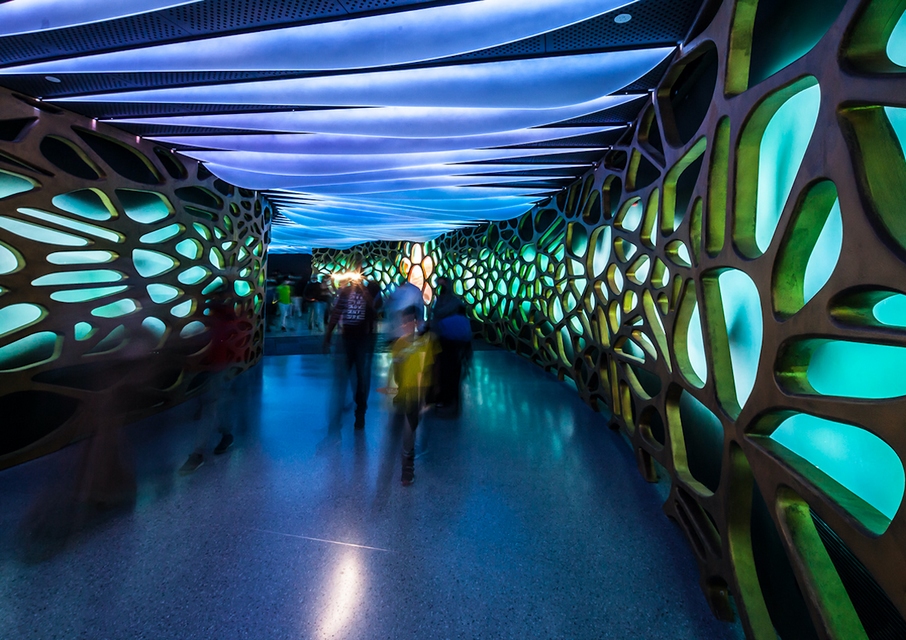Terra, The Sustainability Pavilion, Expo Dubai 2020 | Thinc Design | World Design Awards 2021
Thinc Design: Winner of World Design Awards 2021. Terra is the Sustainability Pavilion for Expo 2020 Dubai, one of the three anchor theme pavilions that shape the Expo grounds. The 8,000-square meter exhibition embodies a radical proposition to fundamentally change the way millions of people understand sustainability. By inviting visitors on an immersive, emotional journey through a fantastical vision of our living planet, and by playfully—but profoundly—confronting our way of living on it, it challenges all of us to dig deep within ourselves to consider what we most value and the choices we will make to shape a thriving world. Its journey begins with wonder, in the hidden workings of nature; passes through the madness of our consumer culture; engages our values and brings us to a sharing of hope for the future. Housed in a visionary, net-zero building by Grimshaw Architects, it will remain as a permanent museum of sustainability after Expo closes.
Thinc, its content partner Eden Project International, and Palazzo Lighting worked closely with Expo 2020 to design the pavilion for an audience of millions of visitors expected during the six months of Expo 2020 (opening October 2021 because of COVID).
ENTRANCE:
Root Periscopes give guests a view of the underground wonders they’ll explore in the exhibits, raising curiosity about the nature around them and encouraging them to observe closely.
IN THE COURTYARD:
Adaptations of traditional carnival and arcade games introduce guests to fundamental concepts of sustainability. Based on the concept of planetary boundaries—measures like atmospheric carbon and global biodiversity that pose limits to planetary health—they present serious challenges in a playful and approachable way.
This balance maze challenges visitors to work cooperatively to move a ball—the planet Earth—toward a safe and sustainable balance in the center. It is a powerful metaphor for real-world efforts all around the globe.
IMMERSIVE RAMPS:
Guests descend through an immersive, animated forest that reveals the vast network of communication and nutrient sharing among the tangled roots of trees. This “wood-wide web,” part of the unseen wonder of the natural world that is threatened by our vast culture of consumption, is also resilient and able to restore itself if humans give it half a chance.
UNDER THE OCEAN:
Descending beneath the surface of the ocean, guests encounter a world of unexpected wonder. As on land, organisms in the ocean depend on each other to sustain a healthy ecosystem. Reef fish, a shape-changing octopus, jellies, oysters that synchronize their heartbeats, and whales who call to each other over thousands of kilometers set the tone for an unforgettable journey.
Guests can join in echoing the whale songs that travel thousands of kilometers throughout the oceans. These “whale ribs” transmit a dynamic visual signal from the sounds that guests make in the space.
UNDER THE OCEAN:
In the deepest ocean, there is no light except for the bioluminescent glows of the animals that live there. This infinity space of light and mirrors fills with the twinkling movements of deep-sea creatures and the mysterious sounds of the depths.
CONSUMPTION HALL:
The Sea of Consumption dramatizes the impacts human activities on land have on every corner of the world ocean. The open mouth of a giant angler fish—choked with plastic refuse and discarded TVs that still play consumer advertising—is our portal into this remote and rapidly changing world.
THE ANGLER FISH:
A species that lives in the deepest, most remote depths of the ocean— is surrounded by an ocean of plastic refuse. It symbolizes the way even these distant parts of the planet are profoundly affected by what humans do on land.
THE GNASHER:
Nature in, products out. The Gnasher is our global engine of consumption, eating the wonders of nature fed to it by the conveyor above and to the right in the image, and converting them to the sometimes useful and often wasteful products that power human society, exiting the machine on the conveyor above and to the left. Surrounded by piles of waste and even higher piles of unsold goods, it dramatizes the damage that heedless economic growth can wreak on natural systems.
WOULD YOU RATHER?
Amid the calamity of our seemingly boundless appetite for the bounty of the oceans and our ongoing assaults on its ecosystems, the values we hold and the choices we make can chart a path toward environmental degradation or regeneration. Beneath the sculpture of a whale, deafened by the noise of ships, explosions, and other underwater sounds made by human industry, Would You Rathers present guests with choices that can change the course of our world.
Pulling one lever or the other registers a choice between two competing alternatives, each affecting the living world for better or for worse in ways that are often unexpected. Guests’ individual choices tally in comparison with the totality of choices for the day, giving immediate feedback and helping people understand the range of opinions that others have.
The land-side exhibits lead to a depiction of a burning “house” in which the flames consume the everyday remains of our domestic life. Asking “What would you save?”, the Burning House leads to the Archive of Three Things, which holds a selection of answers offered by people around the world.
THE LABORATORY OF FUTURE VALUES:
Intricately modeled “Microcosms” that depict regenerative projects around the world share valuable lessons and provide a sense of hope and possibility for restoring the health of the planet that supports our own species’ health. Clustered in themes that include education systems, marine regeneration, terrestrial health, and the health of the microbiomes within our own bodies, the different areas are connected by vibrant overhead ribbons of light that transmit news, ideas, and a world of perspectives.
THE OUTER CORE:
The butterfly represents the interconnected web of life that brings the concept of ecological regeneration to life. This ring-like passageway around the very center of Terra—the place from which its massive solar canopy spreads its arms—draws vivid examples of environmental regeneration into a dynamic, luminous space that pulses with the interconnectedness of life.
Surrounded by vibrant examples of environmental restoration and regeneration, guests exit through the glowing environment of the Outer Core, a ring-like summative gallery.
Project Details
Firm
Thinc Design
Project Name
Terra, The Sustainability Pavilion, Expo Dubai 2020
Architect/Designer
Tom Hennes
World Design Awards Category
Cultural Design
Project Location
Jebel Ali, Dubai, United Arab Emirates
Team
Tom Hennes, Principal and Founder, Thinc; Chris Muller, Senior Designer, Thinc; Lukas Thorn, Senior Designer, Thinc; Clara Morer, Senior Designer, Thinc; John Carson, Project Manager, Thinc; George Guthrie, Technical Director, Thinc; Paul Palazzo, Lighting Designer, Palazzo Lighting; Blair Parkin, Principal/Executive Vice President, Teecom
Country
United States
Photography ©Credit
©Tom Hennes, Thinc Design

Thinc is a global design firm serving clients in North America, Asia, Africa and Europe. Thinc has designed projects for a wide range of clients, including museums, science centers, aquariums, zoos, theme parks, corporations, and governments. Notable projects include the re-envisioned Empire State Building Observatory, the National September 11 Memorial Museum; the Steinhart Aquarium at the California Academy of Sciences; the USA Pavilion, 2015 World Expo; and Terra, the Sustainability Pavilion, Expo 2020 Dubai. Founded by Tom Hennes in 1992, the firm has evolved into a dynamic, multi-disciplinary studio that transforms how people think about the world and each other.


